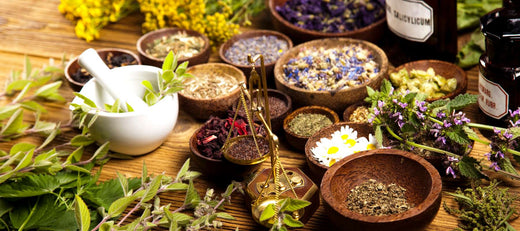If you want to grow highly nutritious fresh food indoors, all year round, microgreens are an amazing option. These little sprouts contain up to 40 times the nutritional value of the full-grown plant and can be harvested in under a month.
Microgreens require very little to grow. They need a container, growing medium, water, light, air, and of course microgreen seeds. Successful growth depends on the type and amount of those. Here are some tips to help you choose the right ingredients and achieve that success.
What are the best containers for growing microgreens?
Since most microgreens require very little soil, they are commonly grown in flat plastic trays. It can be helpful to choose a container that is perforated on the bottom to allow the whole container to be watered from the bottom. You can use typical seed starting trays or repurpose take-out food containers as long as they are contaminant-free and will accommodate the growing medium and quantity of seeds you want to grow.
What is the best soil for growing microgreens?
Many people grow microgreens without soil. There are some popular organic growing mediums like coconut coir and hemp mats that make excellent environments for growing microgreen seeds. For smaller types of seeds, you can even use some folded paper towels. A simple seed starting mix, usually composed of peat moss, is an easy choice. Be sure to sift the mix to remove any large chunks before planting. Ultimately, you want to choose a medium that will retain the proper amount of water and contain enough nutrients for the plants.
What is the best way to water microgreens?

Before sowing your microgreen seeds, you will want to make sure that your growing medium is evenly moist. Because microgreens are so delicate, a best practice is to water from below once you have planted your seeds. If you’re using a container that can’t be watered from below, use a mister to add water so that it doesn’t damage the delicate sprouts.
During the growing process, keep the soil evenly moist, but not wet. This is the stage where good airflow becomes important. If your microgreens don’t get good air circulation they may start to grow fungus or moss.
Do microgreens need a grow light?
Many microgreen seeds require an initial period of darkness when first planted. After the period of darkness, microgreens like 12 hours of consistent light. If you have a sunny south-facing window that might be sufficient, but a full-spectrum grow light will provide an optimal growing environment. If you notice your microgreens are long and “leggy” with small limp leaves, they are probably lacking light.
What are the best microgreen seeds?
Many plant seeds make for tasty microgreens. When choosing seeds for microgreens, you want to make sure that they are not chemically treated. All of the Survival Garden Seeds microgreen seeds are non-GMO, heirloom, and never treated with any pesticides or chemicals.
Some popular options for growing microgreens are brassicas like broccoli, cabbage, and kale. If you like something with a nutty flavor, try sunflower or buckwheat microgreens. For microgreens with a peppery, zesty flavor, you can try radish or mustard microgreens. Be sure to follow the sprouting instructions with each variety because different varieties may need to be soaked before sowing and have different requirements for a blackout period.
With a little careful planning and maintenance, you can always have a healthy crop of microgreens ready for harvest. They are great on salads and sandwiches. Use microgreens in a smoothie to really amp up the nutritional value or turn them into pesto. They can be grown almost anywhere and make an excellent addition to your survival food plan.
Learn more about the best soil for microgreens from Regenerative Farming Expert William DeMille
























